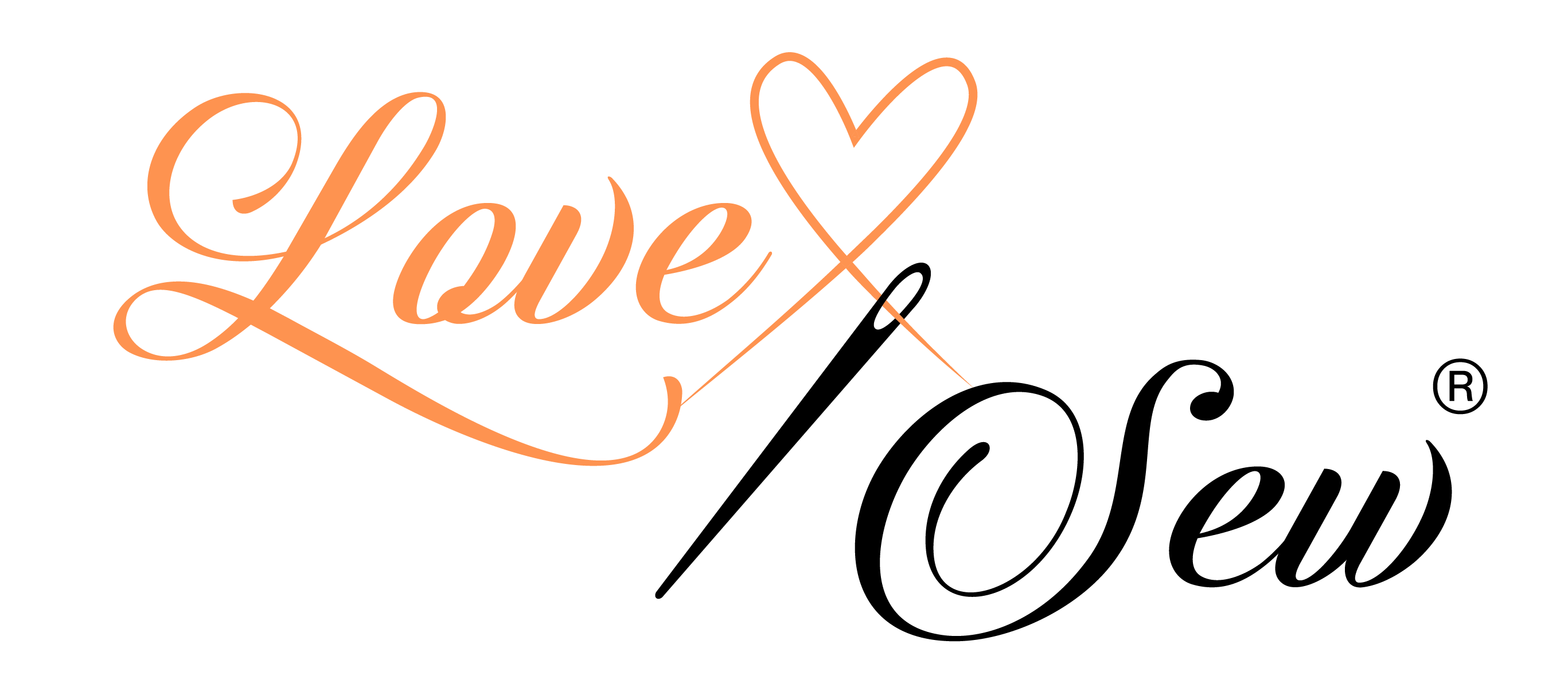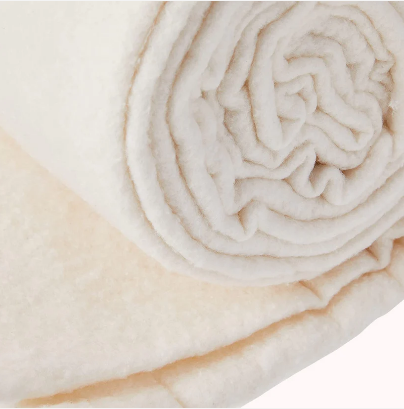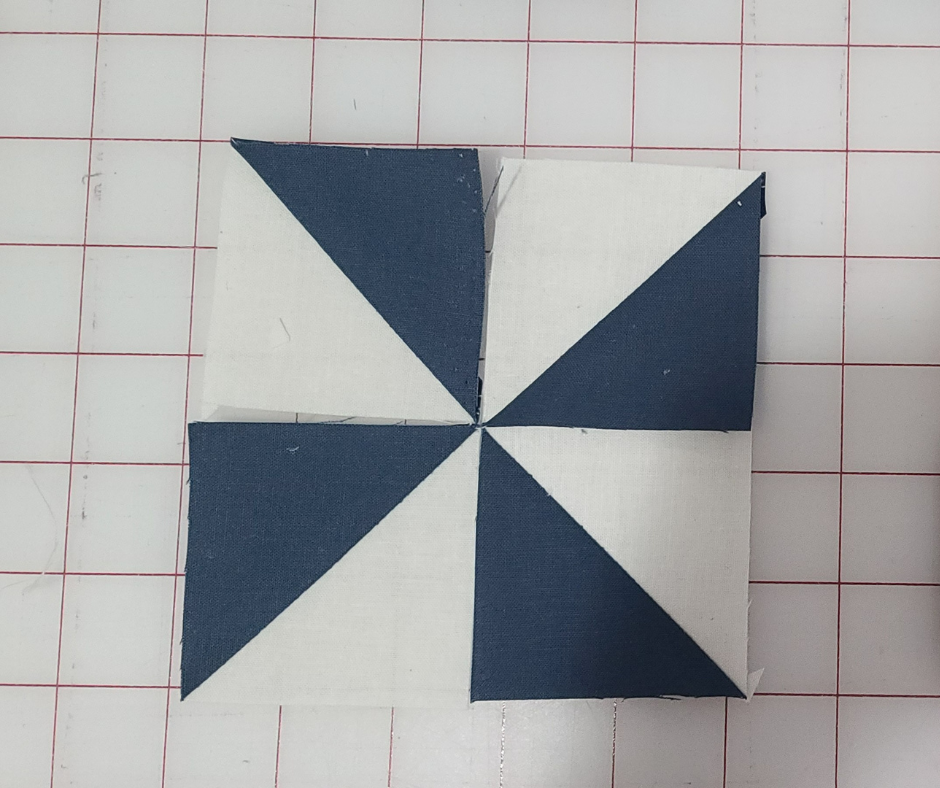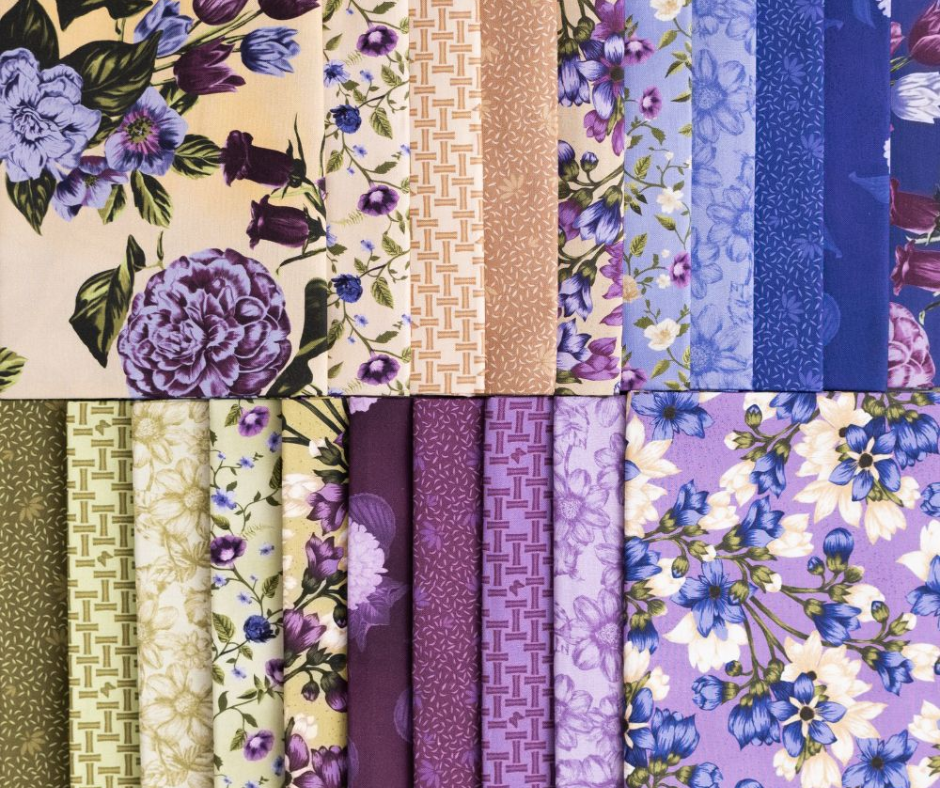The batting layer is often the most unappreciated part of a quilt because it is not seen. However, it is actually quite important! Your batting determines how warm and cuddly your quilt will be. It also affects the weight and finished look.
If you’re new to quilting, choosing batting can be confusing and overwhelming because there are so many different types. In this post, we’re going to break it all down for you so you can have some confidence when you go to shop.
Understand the Quilt Terms
First, you need to understand some common terms that are used in reference to quilt batting. We created a more comprehensive list in a previous post, but here are the most important terms you need to know:
- Loft: The thickness of the batting. High-loft batting makes fluffier quilts, but it is harder to manage and sew. If you choose a high-loft batting, your quilt will be puffier. If you want your piecing to be the showstopper, it’s better to choose a low-loft batting.
- Scrim: A layer of webbing that holds the batting together and adds durability. It is more common in high-loft batting and some people do not like the feel.
- Bearding: Wispy fibers that can migrate to the top of your quilt and feel fuzzy. They are annoying and can be avoided by buying higher quality batting.
Most quilt batting will list the loft and whether it is bonded or has scrim. You'll have to look at product reviews to see if bearding is an issue.
Consider the Fiber Content
The most common types of batting are made from cotton, polyester, and wool, but you can also find bamboo and silk. Each of these fibers has its own advantages and disadvantages. Here’s a brief overview of each of them:
- Cotton: This is a lightweight, breathable fiber that gets softer with each wash. It’s a popular option because it is fluffy and natural. Be careful to choose a bleached cotton if your quilt top has lots of white fabric, though.
- Polyester: Most quilt batting is made from polyester because it is inexpensive, durable, and warm. The downside is that the fibers tend to shift around when not quilted well, and you can get some bearding on the top of your quilt.
- Cotton/Polyester: When blended, cotton and polyester make a nice batting that is both lightweight and durable. However, some people complain about the scrim. If you're not sure what batting to pick, cotton/polyester is a good starting point.
- Wool: This fiber retains heat better than other fibers. It also resists creases and does not shift easily. If you want a more stable quilt that provides lots of warmth and weight, choose wool. Just keep in mind that some people may be allergic to it.
- Bamboo: This fiber has become more popular in recent years because it is considered ecofriendly and sustainable. Bamboo is heavy, but is dries quickly and is resistant to mold. The downside is that bamboo is a bit pricier than other types of batting.
- Silk: This fiber is also expensive, but it works perfectly when you want a lightweight quilt that has nice drape.
Buy the Right Size
Once you know what type of fiber you want to use and you’ve considered the loft, make sure you buy the right size. Batting comes in standard, prepackaged sizes — crib, twin, full, queen, and king. You can also get it cut off the bolt in a custom size. Your batting should be about 4 inches larger than your quilt top for best results. It is possible to join pieces of batting together, but it is not easy and you may be able to feel the bulk through your quilt, so it’s better to get the right size from the beginning.
The best quilt batting typically comes down to personal preference. If you’re new to quilting, go ahead and experiment to find what you like. We personally recommend Hobbs Heirloom Premium 80/20 Cotton Batting because it is durable and offers more loft and less weight than traditional cotton batting. We also really like Warm & Natural Cotton Batting from the Warm Company. That's why we offer both of these products on our site. Give them a try!
Do you have a favorite batting? Let us know in the comments below. We’re always looking for the best products to offer.




16 comments
Sally Anagnos
Very informative article Thank you for posting it.
Gail
Thank you for the blog.
Debbie
I usually use warm and natural. But was wondering what
They used in vintage quilts because I love the thinness of the vintage quilts. Are there certain ones that are thinner than the warm
And natural?
Julie Earp
Thank you for this information! I’ve been quilting for 25+ years and have tried many battings. My go to are the Hobbs & Warm and Natural. Their my favorite to work with. Can’t afford the bamboo, so haven’t tried that yet.
RoseMarie Mendoza
So how would I be able to get so of your batting I’m interested in your Hobbs heirloom premium 80/20
Leave a comment
This site is protected by hCaptcha and the hCaptcha Privacy Policy and Terms of Service apply.